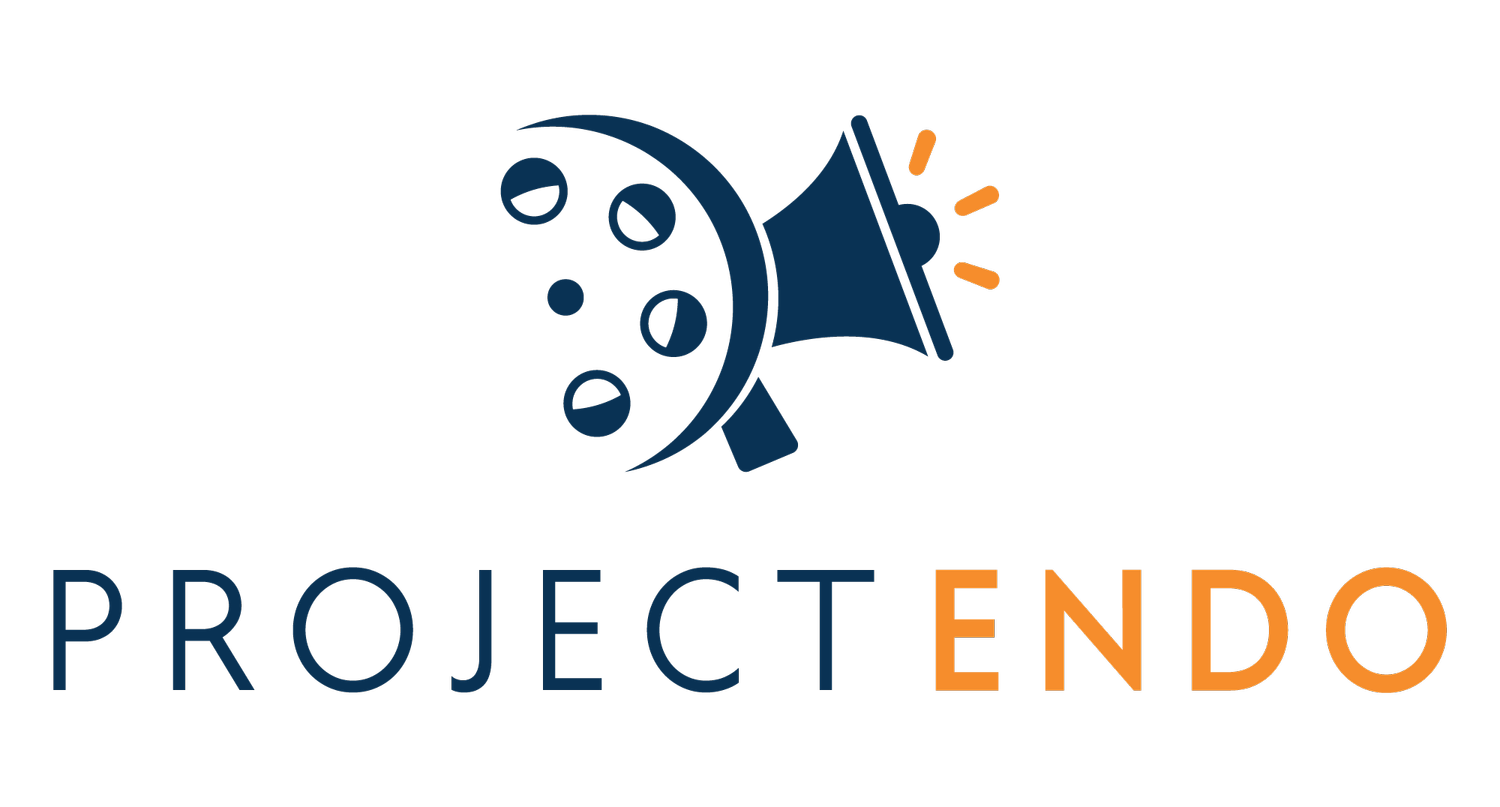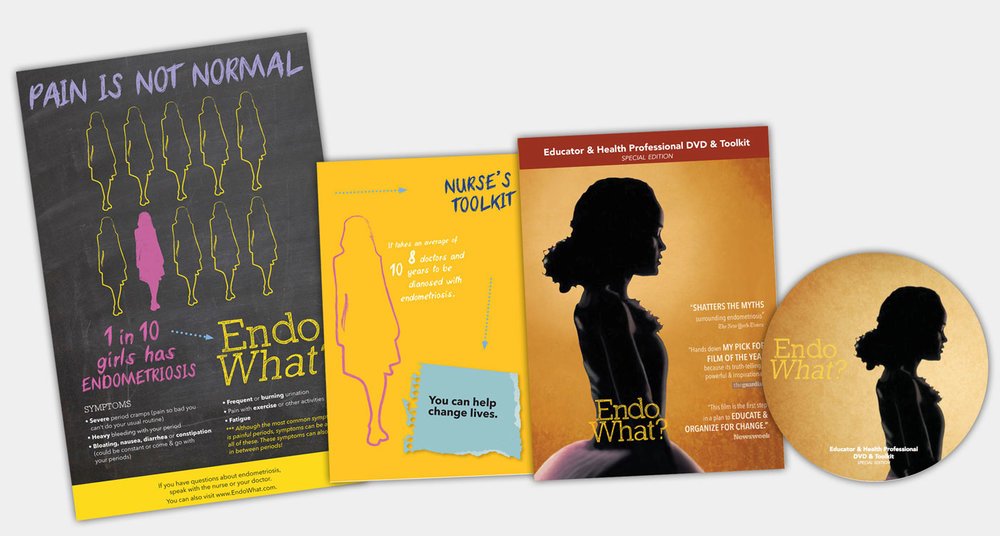Patients
TAKE CONTROL OF YOUR HEALTH
What is endometriosis?
Endometriosis is a complex disease in which cells similar to the lining of the uterus are found outside the uterus. It is common, affecting 200 million people worldwide. It occurs in 7-15% of girls, women and trans men.
The true nature of endometriosis has eluded the medical community for centuries. The cause of the disease remains uncertain; said simply, many different factors (genetic, developmental and environmental) have been implicated in the course and nature of this condition.
What are the symptoms?
The symptoms of endometriosis can be experienced during your period, before your period, after your period and/or anytime during the month. The symptoms can be related to the areas where endometriosis invades. Even one symptom can be suggestive of endometriosis. Some women have no symptoms yet only suffer from infertility. In 40-50% of cases of ‘unexplained infertility,’ endometriosis is thought to be the underlying cause.
The most common symptoms are:
Severe period pain
Diarrhea or constipation
Fatigue
Nausea
Frequent or burning urination
Migraines
Bloating
Pain with exercise
Heavy bleeding with your period
Lower back or leg pain
Pain with sex
Infertility
Diagnosis
The average delay in diagnosis is 10 years. The vast majority of healthcare providers are not properly educated in recognizing the true symptomatic profile of endometriosis. Girls and women are regularly told that their symptoms are normal and that their pain is in their heads or simply “part of being a woman.” It is common for women to go to many specialists before endometriosis is mentioned. For example, most providers do not know that gastrointestinal symptoms affect 90% of women with the disease.
Endometriosis can only be diagnosed surgically, preferably laparoscopic, and must be confirmed by a pathologist. There are no blood tests or diagnostic biomarkers that can be used to diagnose endometriosis at this time. Although imaging tests (MRIs, CATSCANs, etc.) may give an “informed suspicion,” they cannot rule out endometriosis and the majority of the disease cannot be seen on imaging. It is impossible to diagnose endometriosis through medical treatments, despite some OBGYN generalists advocating otherwise.
The current gold-standard treatment is excision surgery. In excision surgery, a surgeon excises or cuts out the endometriosis lesion and sends specimens from the surgery to pathology for confirmation. This is markedly different than ablation surgery, where the surgeon merely burns the surface of the lesion. Be aware that while the vast majority of OBGYNs practice ablation surgery, only a handful have been trained using the excision method.
Ablation surgery often relegates a woman to repeat surgeries and continued pain, as all disease is not removed. Medications such as painkillers, GnRH agonists/antagonists (i.e. Lupron and Orilissa), oral contraceptives or other hormonal suppressives only mask symptoms and do not treat the disease.
Patients are also sometimes misled to believe that the only long-term solution is a hysterectomy. This is not true. This ongoing misconception is responsible for over 100,000 needless hysterectomies each year in the United States. Similarly, “pregnancy” and/or “menopause” are often touted as cures, but such claims are equally untrue.
Quality excision surgery combined with other multidisciplinary treatments such as diet and nutrition, acupuncture, pelvic physical therapy, and other adjunct treatments can all be helpful at effectively managing symptoms long-term.
Find a Doctor
If you think you have endometriosis, there are specialists around the world who can help you get an accurate diagnosis, proper treatment, rule out other related conditions, and manage common comorbidities. Right now, the best way to find a specialist is by talking with the moderators and members of the below Facebook groups:
There are many ways to get involved in advocacy, whether it’s joining online or supporting education efforts.
Sign up to receive the latest news straight to your inbox.
The Endo Toolkit includes Poster, Educational Booklet, Discussion Guide, Lesson Plan & the groundbreaking educational film Endo What?









